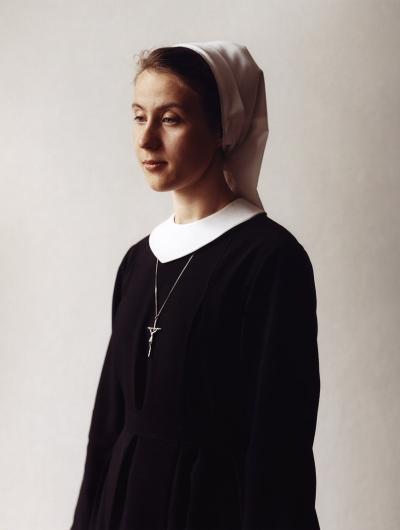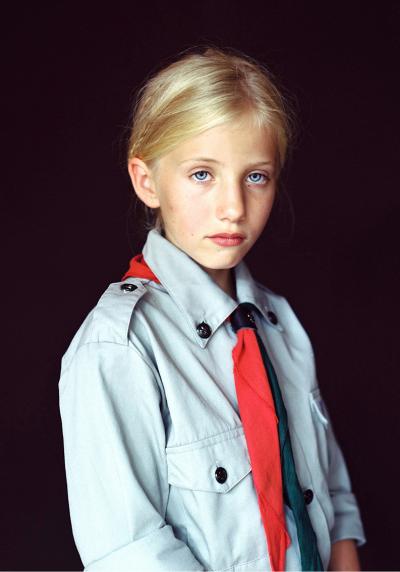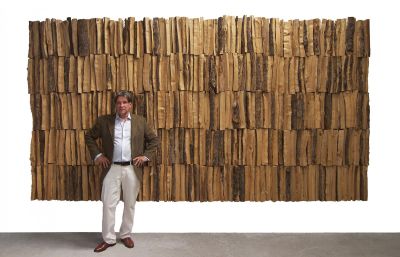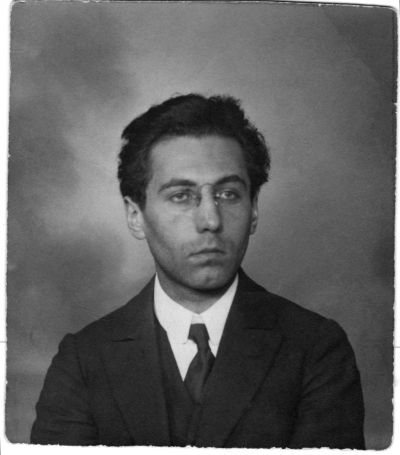Monika Czosnowska
Mediathek Sorted

















































The various means used by Czosnowska are in no way a rejection of the portrait genre but from the point of view of the portrait artist, always of benefit to both sides, the subject and the photographer herself. Anyone who wishes to be portrayed – in painting this has been the case since the mid-fourteenth century – wanted to be presented in specific clothing, with a specific attitude and pose. In other words they wanted to be staged. Hence artists attempted to place their subjects “in the right light” and deliver attitudes and poses conforming to social norms, i.e. to come up with a skilfully perfect “portrait” (lat. protractum, drawn out, extended) or “counterfeit” (latin: contrafactum, imitated), as people said in the age of Dürer. When a portrait was made it was almost compulsory for this to be preceded by a commission from the subject him/herself, from a relative, or out of public interest. In the area of representative and clearly recognisable pictures, people could only be certain of being portrayed when they had attained a certain level of importance, as a result of their social status, their wealth, and public influence, or the fact that they were criminals or in the worst case, were seriously physically deformed.[12] Hence the names of the people portrayed were as a rule well known, unless their identities had been lost over the centuries.
VA good example here is the reformer,Martin Luther who became famous – in the eyes of some people, disreputable – when he nailed his 95 theses to the door of a church in Wittenberg in 1517, following which he was ordered to appear before the Reichstag in Augsburg and was forced to defend his theses in Leipzig in June 1519. There are around 500 known portraits of him, whereas there is not a single extant portrait of his predecessors, John Wyclif and Johannes Hus.[13] Even then people were very conscious of the psychological effect of images and placed great value on a corresponding design. Lucas Cranach, for example, made a copper engraving of Luther's bitter opponent, Cardinal Albrecht von Mainz, with an exhausted expression, hanging shoulders and a carelessly buttoned jacket, whereas he portrayed his adversary, Luther, with a sharp profile, alert face and a starched robe.[14] Some time later in 1521, woodcuts and engravings showed the reformer as a saint with a dove and a huge halo filling the picture – such portraits naturally came from the hand of artists like Baldung Grien and Hieronymus Hopfer, who admired Luther. He has also been etched into our memory today as “Junker Jörg” with a jutting chin, a heavily twisted beard, a haughty expression and a dashing robe: the portrait in wood was made in 1522 by Cranach for propaganda purposes for Luther's sovereign, Prince Friedrich the Wise of Saxony.[15]





















































































